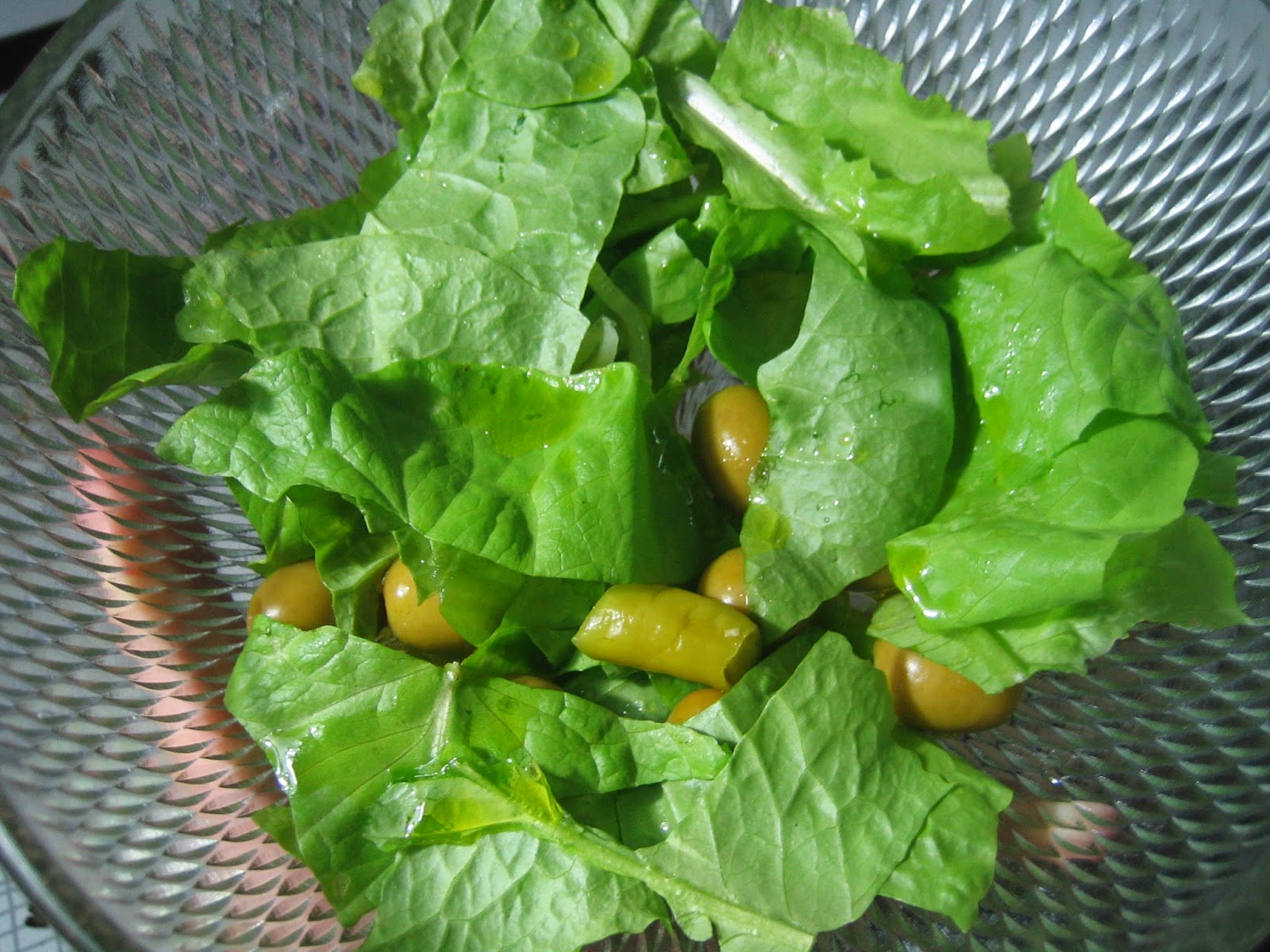A la timoneda hi ha un atac de pugó. Però sembla sota control. Són vespes parasitoides?
There is an aphid attack on my thyme garden. But it seems to be under control. Are there parasitoid wasps?
U tymiánu mám útok mšic. Ale vypadá to pod kontrolou. Jsou to parazitoidní vosičky?
timó + pugó + formigues
thyme + aphids + tender ants
tymián + mšice + mravenci
A veure si emergeixen vespetes d'aquí...
Let's see if any wasps emerge from here...
Uvidíme, jestli vyletí odtud nějaké vosičky...
D'aquí no s'escapa ningú.
Nobody flies away from here :P
Odtud nikdo nevyletí.
Vespeta sobre la meva mà.
Wasp on my hand.
Vosička na ruce.
It's not exactly huge.
Není to obrovský hmyz.
12 h més tard...
12 h afterwards...
12 h poté...
Al pot han "aparegut"...
Something has "popped up"...
Něco se objevilo...
Wasp on my hand.
Vosička na ruce.
Si n'és, de mona...
Aw, isn't it cute?
Ten je roztomilý...
No és precisament enorme.It's not exactly huge.
Není to obrovský hmyz.
Però què és? Aphidius sp? Lysiphlebus sp?...










































